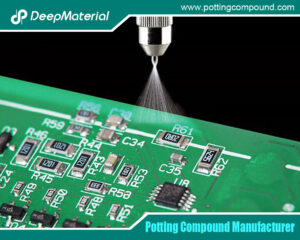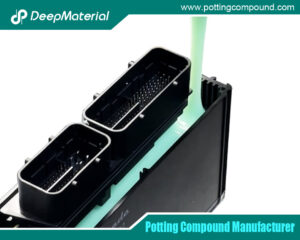
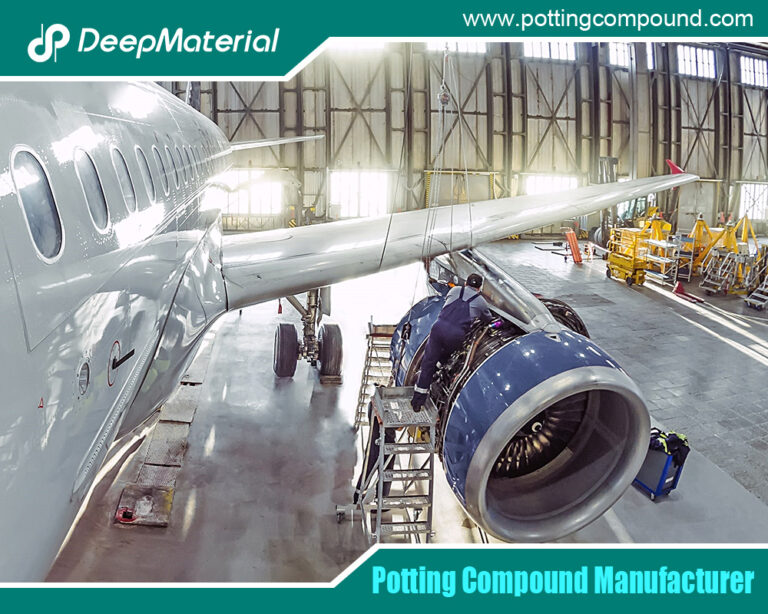
The Comprehensive Guide to Electronic Encapsulation: Techniques, Benefits, and Applications
- Electronic Potting Material Manufacturer
- November 27, 2024
- Acrylic Conformal Coating, Electronic Conformal Coating, electronic encapsulation, electronic encapsulation china hotsale, electronic encapsulation china OEM, electronic encapsulation china wholesale, electronic encapsulation factory hotsale, electronic encapsulation factory OEM, electronic encapsulation factory wholesale, Electronic Encapsulation in Potting Material Manufacturing, electronic encapsulation manufacturer, Electronic Encapsulation Manufacturing, Electronic Encapsulation Methods, Electronic encapsulation process, electronic encapsulation supplier, epoxy conformal coating, Flexible Potting Compound, Industrial Conformal Coating, pcb conformal coating, Silicone Conformal Coating, Silicone Potting Compound, Urethane Conformal Coating, UV Cure Conformal Coating, UV Cure Potting Compound, Waterproof Conformal Coating
The Comprehensive Guide to Electronic Encapsulation: Techniques, Benefits, and Applications
In today’s fast-paced technological landscape, the reliability and longevity of electronic devices are paramount. As these devices become smaller and more complex, the need for adequate protection against environmental factors has never been greater. This is where electronic encapsulation comes into play. Electronic encapsulation refers to enclosing electronic components in protective materials to safeguard them from moisture, dust, temperature fluctuations, and mechanical stress. This blog post will explore electronic encapsulation in-depth, including its techniques, benefits, applications, and future trends.
What is Electronic Encapsulation?
Electronic encapsulation is a process used to protect electronic components by enclosing them in a material that shields them from environmental factors. This can involve various methods and materials tailored to meet the specific needs of different applications. The encapsulation serves multiple purposes:
- Protection: Shields sensitive components from moisture, dust, chemicals, and physical damage.
- Thermal Management: Assists in heat dissipation, which is crucial for maintaining optimal performance.
- Mechanical Support: Provides structural integrity and stability to fragile components.
Types of Electronic Encapsulation
Several techniques are used in electronic encapsulation, each with advantages and disadvantages. The choice of method often depends on the specific requirements of the application. Here are the most common types:
Potting
Definition: Potting involves filling a mold with a liquid encapsulating material, such as epoxy or silicone, and allowing it to cure around the electronic components.
Advantages:
- Excellent moisture and chemical resistance.
- Provides mechanical stability.
Disadvantages:
- It may generate heat during curing.
- Difficult to remove for repair or rework.
Coating
Definition: Coating applies a thin layer of protective material over the surface of the components, often using methods like spraying, dipping, or brushing.
Advantages:
- Easy to apply and remove.
- Lightweight and suitable for large-scale applications.
Disadvantages:
- Limited mechanical protection compared to potting.
- It may not provide an adequate moisture barrier for specific environments.
Encapsulation in Molding Compounds
Definition: This process involves encapsulating components in thermosetting or thermoplastic molding compounds.
Advantages:
- High durability and thermal stability.
- Allows for complex shapes and designs.
Disadvantages:
- Generally more expensive than other methods.
- Longer curing times.
Hybrid Techniques
Definition: Combining multiple encapsulation techniques to optimize protection and performance.
Advantages:
- Customizable to meet specific requirements.
- Balances mechanical protection with ease of application.
Disadvantages:
- Complexity in the process.
- Potentially higher costs.
Materials Used in Electronic Encapsulation
The choice of encapsulation material is critical to the success of the process. Here are some commonly used materials:
Epoxy Resins
- Properties: Strong adhesion, excellent chemical resistance, and good thermal stability.
- Uses: Commonly used in potting applications for circuit boards and components.
Silicone Compounds
- Properties: Flexible, good temperature stability, and excellent moisture resistance.
- Uses: Ideal for expected expansion and contraction applications, such as automotive electronics.
Polyurethane
- Properties: High elasticity and impact resistance.
- Uses: Used in applications requiring shock absorption and flexibility.
Acrylics
- Properties: Transparent, good adhesion, and UV resistance.
- Uses: Often used for protective coatings on components exposed to light.
Benefits of Electronic Encapsulation
The process of electronic encapsulation offers a multitude of benefits, including:
- Enhanced Durability:Encapsulation significantly increases the lifespan of electronic components by protecting them from environmental factors.
- Improved Reliability: Encapsulation enhances the reliability of electronic devices by minimizing the risk of moisture and dust ingress.
- Thermal Management: Many encapsulation materials provide excellent thermal conductivity, helping to dissipate heat generated by electronic components.
- Vibration and Shock Protection: Encapsulation materials can absorb vibrations and shocks, protecting sensitive components from mechanical stress.
- Cost-Effectiveness: While the initial investment may be significant, the long-term benefits of reduced failures and improved performance can lead to cost savings.
Applications of Electronic Encapsulation
Electronic encapsulation is used across various industries, each with its unique requirements. Here are some prominent applications:
Consumer Electronics
- Description:Products like smartphones, tablets, and laptops often employ encapsulation to protect sensitive components from moisture and physical damage.
- Benefits:Enhances durability and reliability, ensuring a longer lifespan for consumer products.
Automotive Electronics
- Description:Encapsulation is critical in automotive applications, where components are exposed to extreme temperatures, vibrations, and moisture.
- Benefits: Increases the reliability of critical systems like engine control units and sensors.
Aerospace and Defense
- Description:In these industries, components must withstand harsh environments and extreme conditions.
- Benefits: Provides robust protection, ensuring the safety and functionality of electronic systems in flight and combat.
Medical Devices
- Description: Electronic encapsulation is essential in medical devices to protect sensitive electronics from contamination and moisture.
- Benefits:Ensures patient safety and reliable diagnostic and therapeutic equipment operation.
Industrial Equipment
- Description:Industrial machinery often relies on encapsulated electronics to operate in harsh environments, such as factories and construction sites.
- Benefits:Increases the reliability and longevity of critical systems, reducing downtime and maintenance costs.
Challenges in Electronic Encapsulation
Despite its many advantages, electronic encapsulation comes with challenges that manufacturers must address:
- Material Selection: Choosing the suitable encapsulation material for a specific application can be complex, requiring a thorough understanding of the environment and performance needs.
- Application Techniques: The effectiveness of encapsulation often depends on the technique used. Improper application can lead to air pockets, insufficient coverage, or inadequate curing.
- Cost Considerations:While encapsulation can save costs in the long run, the initial investment in materials and equipment may be high.
- Environmental Regulations: Compliance with environmental regulations regarding the use and disposal of encapsulation materials is crucial for manufacturers.
Future Trends in Electronic Encapsulation
As technology advances, the electronic encapsulation field also evolves. Here are some trends to watch for:
- Sustainable Materials: There is a growing demand for eco-friendly encapsulation materials that minimize environmental impact. Manufacturers are exploring bioplastics and other sustainable options.
- Innovative Encapsulation: The trend of integrating sensors and intelligent materials into encapsulation processes is rising. These innovations can provide real-time monitoring of component health and performance.
- Automation: Advances in automation and robotics are expected to streamline encapsulation processes, improving efficiency and consistency.
- Customization:As electronic devices become more complex, there will be an increasing need for customized encapsulation solutions tailored to specific applications and environments.
- Research and Development: Ongoing R&D efforts will focus on developing new materials and techniques that enhance the performance and reliability of electronic encapsulation.
Conclusion
Electronic encapsulation plays a crucial role in the protection and longevity of electronic components across various industries. Manufacturers can leverage this process to enhance product reliability and performance by understanding the different techniques, materials, and applications. As technology continues to evolve, so will the methods and materials used in electronic encapsulation, paving the way for innovative solutions that meet the demands of a rapidly changing world.
For more about choosing the comprehensive guide to electronic encapsulation: techniques, benefits, and applications, you can pay a visit to DeepMaterial at https://www.pottingcompound.com/ for more info.
Recent Posts
- What Are the Core Differences Between Different Conformal Coating Types?
- The Benefits of Conformal Coating for Electronics Products
- Conformal Coating Spray
- UV Curing Potting Compound
- The Ultimate Guide to Electrical Potting Compound and Market Application
- The Top Polyurethane Potting Compound
- Advanced Epoxy Potting Compound for Superior Electronic Protection
- Waterproof Potting Compound: A Comprehensive Guide
- Silicone Potting Compound for Electronics
- Potting Compound vs. Epoxy: A Comprehensive Comparison
Tags
Related Posts

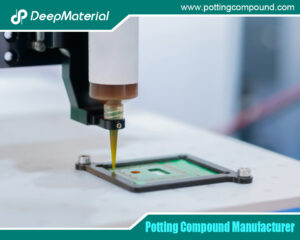
The Benefits of Conformal Coating for Electronics Products
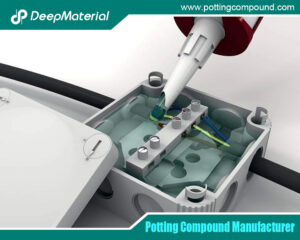
Conformal Coating Spray
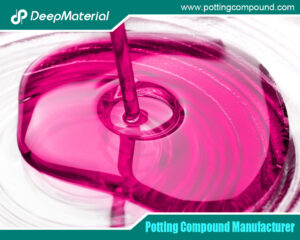
UV Curing Potting Compound
